GTG Links 57 – Beaver Dams, Power Plants, and Important Climate Education Research

It has been a minute since the last news update – and yet, it's a bit of a short one this time. I'm sure that will change very soon as we're heading into ESG reporting season, so we can expect new data and disclosures any minute now. 2025 will be the first year of ESRS reporting for some of the biggest European game companies, so that will add some new comparability to disclosures. Keep your eyes peeled for that.
CDPR got a 6-year PPA up for 22GWh!
Corporate power-purchase agreements (PPAs) are fantastic because they secure new renewable power generation. They also provide substantial benefits to the purchaser by setting a long-term price that can insulate against the sorts of shocks that we saw in the 2022/23 European gas crisis. Setting them up though, by all accounts, is complex work so huge congrats to the team for pulling this one off.

Objects of uncertainty in gameplay: An analysis of lower secondary school students’ talk during a climate change board game and a digital game
This is a really clever new piece of research, with important conclusions for anyone interested in using games for climate education. The researchers put two games (one digital, one board game) with climate themes of future "uncertainty" in front of students, and recorded their discussions while playing it. What they talked about in terms of uncertainty is – probably unsurprisingly in hindsight – more about the rules of the game itself and strategies for winning. The climate content? A much less frequent subject of discussion or reflection – and their conclusion is quite perhaps obvious, but important.
My interpretation of the research is that gamplay on its own isn't enough for educating on climate – it needs to be placed into some sort of context, or discussion, and be integrated into the formal structures of learning. This is not to say that it can't educate on its own, but just that it's not sufficient on its own.
This might not seem like a radical insight, except that it does provide additional evidence for necessary conditions that doesn't gel with some of the simpler or stronger arguments around games and the changes they can produce. As the authors note, "to stimulate meaningful dialogue about climate change-related uncertainty, teachers need to integrate the games in a broader context of dialogue and activities." I suspect if one were to replicate the study beyond students it would apply nearly as well to adults.
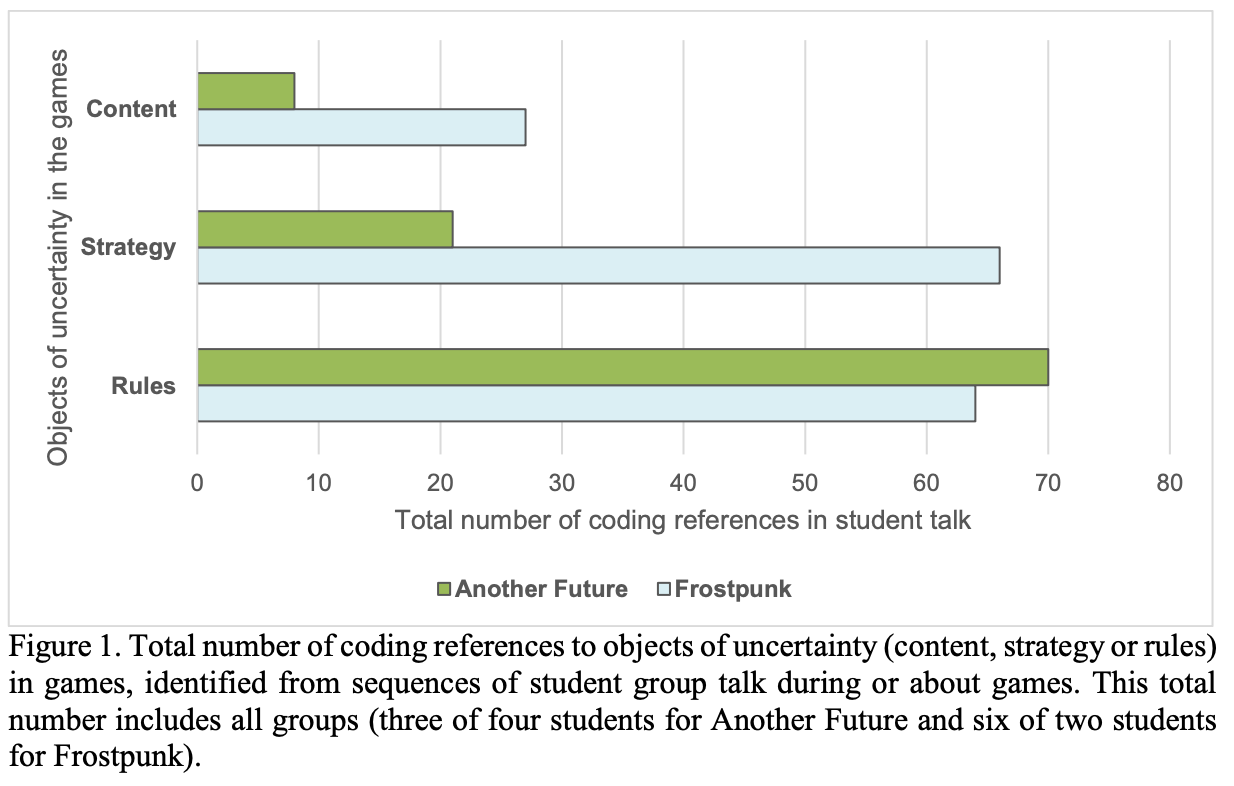
Here's the abstract:
…the article addresses the in-game talk among students, with a particular interest in how they relate to different kinds of uncertainties. This study, which analysed audio recordings of 14-year-olds playing both a board game and a digital game, suggests that students discuss their uncertainty about the games’ rules more frequently than their uncertainty about the games’ content. Independently of the degree of realism in the game or the number of students playing the game, neither of the games seems to have inspired talk about climate change-related topics during the gameplay itself. To stimulate meaningful dialogue about climate change-related uncertainty, teachers need to integrate the games in a broader context of dialogue and activities.
https://uis.brage.unit.no/uis-xmlui/bitstream/handle/11250/3176641/vanSchai.endelig.pdf?sequence=1
Climate Chaos Corner
Incredible scenes in this clip from the end of January and Storm Eowyn's flattening of Irish forests. The survival of the "wind hardened trees around the edge" here is particularly remarkable. Resilience comes in many shapes and forms.
The extent of Storm #Eowyn’s impact on forests cannot be seen properly from the ground. This drone footage taken today above a stand I visited in Meath shows how wind hardened trees around the edge remain standing while the centre has been flattened.
— Philip Boucher-Hayes (@philipb-h.bsky.social) 2025-01-30T18:34:17.711Z
Queensland deluge a 1-in-2000 year event
So we won't get another one for another 2000 years right? Right?
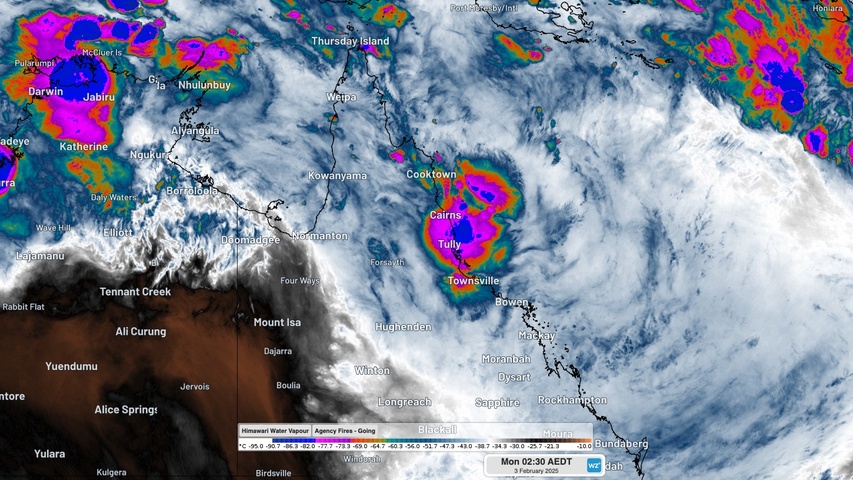
Data Centres and Power Efficiency
Power usage effectiveness – PUE – is a measure of efficiency of a data centre, and as Adrian Cockcroft discusses, transparent and comparable benchmarks are now avialable for the major public cloud providers, enabling new comparisons.

US emissions fell by 0.2% last year
One bright spot is that even as emissions held steady, the economy grew by 2.7 percent, meaning the historically tight link between emissions and economic output has continued to loosen, researchers noted.
The bad news is that the U.S. is far from decarbonizing at the pace needed to avoid the worst climate impacts. To meet the country’s commitment under the Paris Agreement to halve emissions by 2030, the U.S. would need to decrease carbon pollution by 7.6 percent each year between 2025 and 2030.
It's not the best possible news, but it's something.
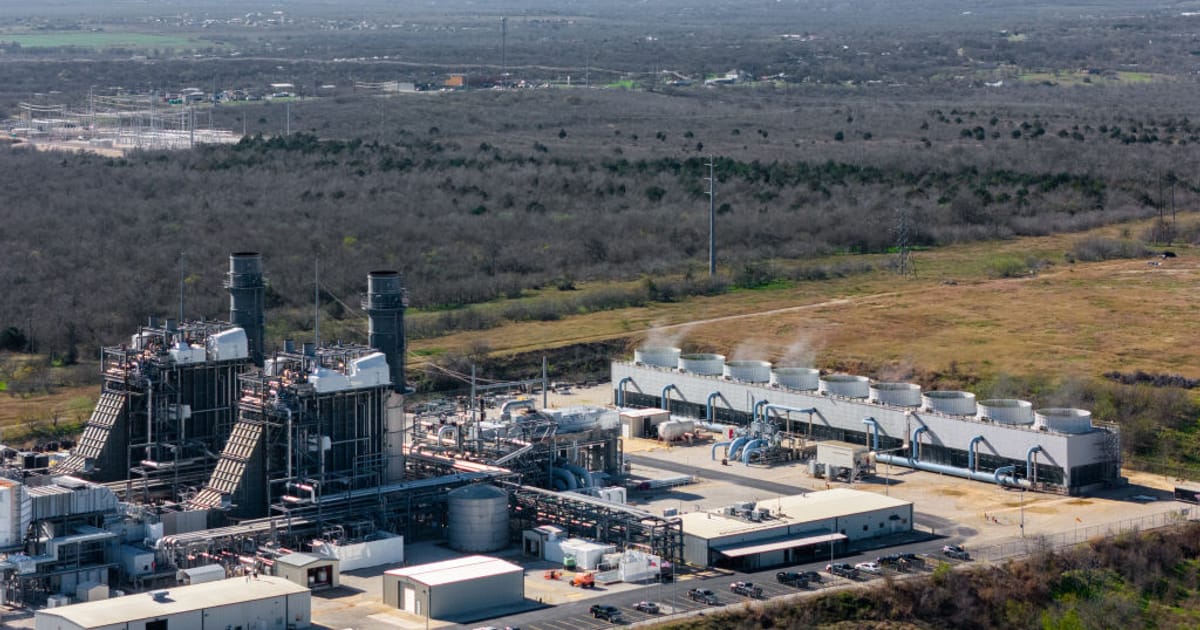
Let's end with some good news
Beavers restoring wetlands better than governments:
The administration of the Brdy protected landscape area, which had gained approval for the 30 million crown project, was dealing with red tape and seeking the respective building permits from the Vltava River Basin authorities when the dam project was completed almost overnight by a local colony of beavers.
They could not have chosen their location better –erecting the dams on a bypass gully that was built by soldiers in the former military base years ago, so as to drain the area. The revitalization project drafted by environmentalists was supposed to remedy this. Bohumil Fišer, head of the Brdy Protected Landscape Area Administration says Nature took its course and the beavers created the necessary biotope conditions practically overnight.
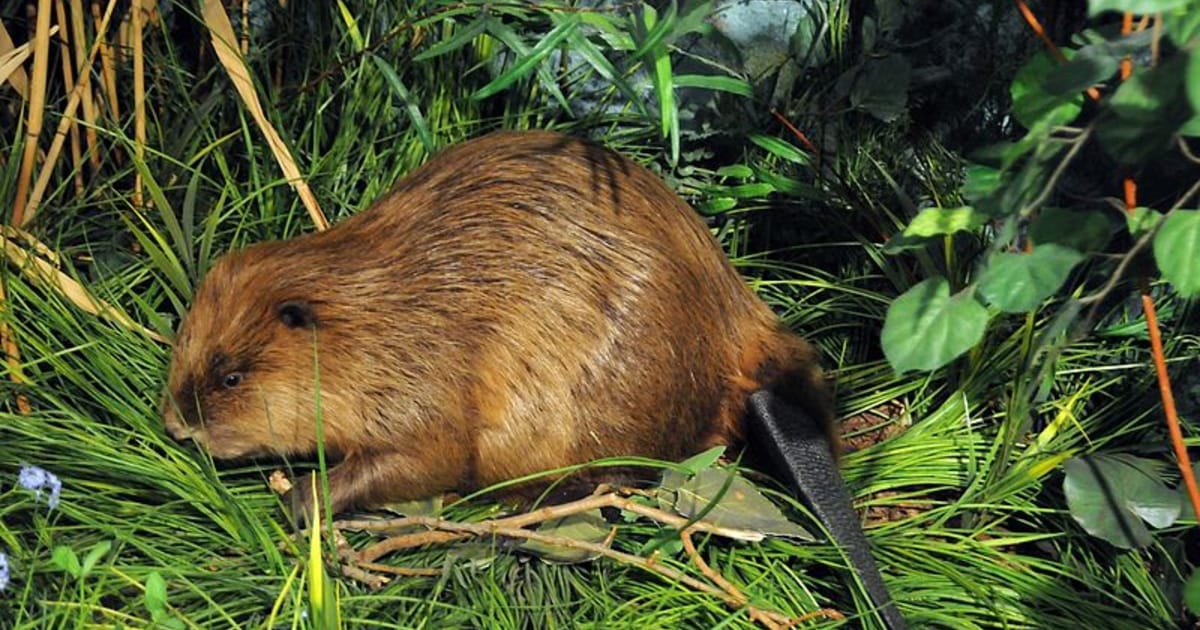
Pakistan's Electric Rickshaws are changing the country
I want an electric rickshaw!
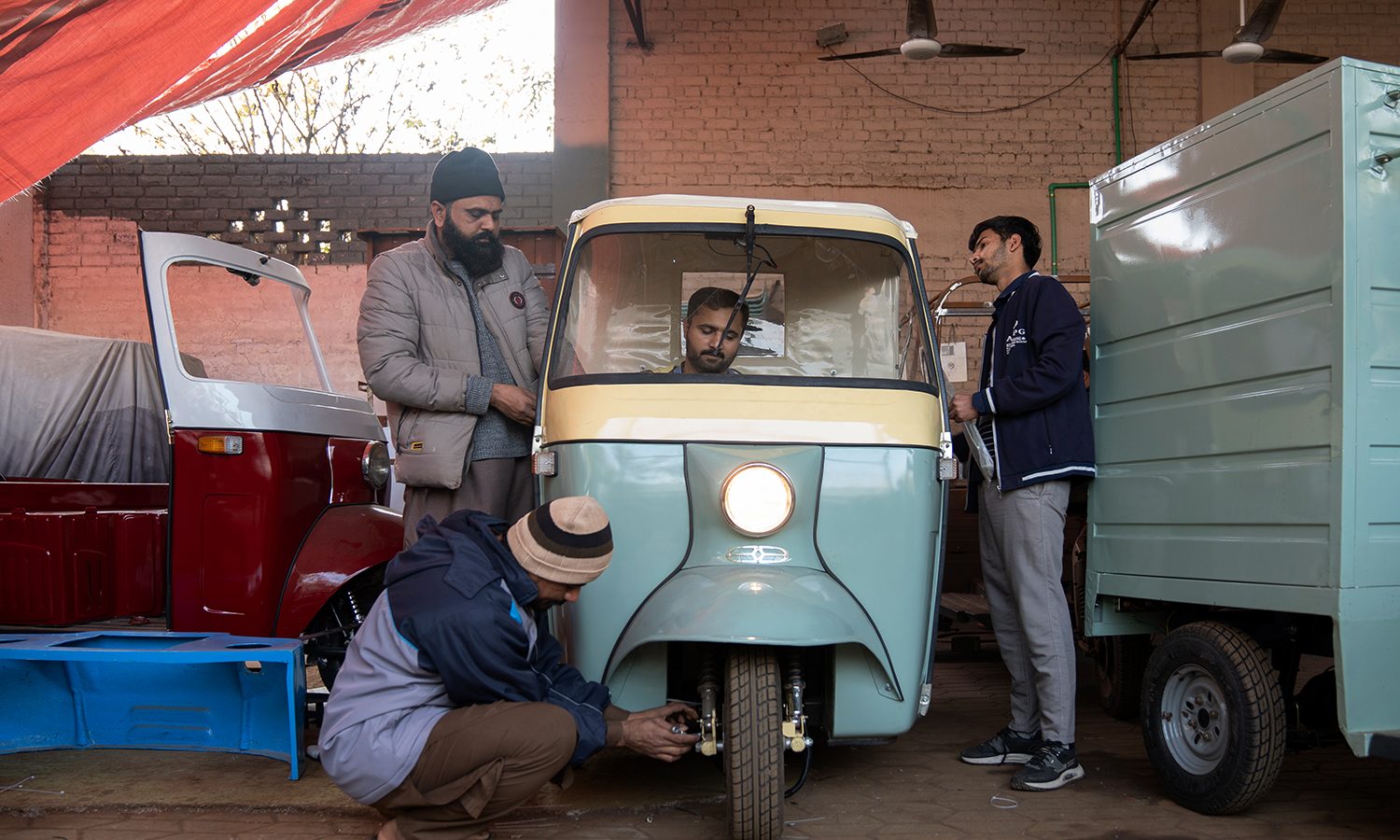
Thanks for reading Greening the Games Industry – I'll be back next week with a proper update on the work I've been doing for the SGA ESRS Roadmap, with some cool and hopefully useful new visualisations of a typical game business value chain. (If you want a sneak peak, you know where to go for a look, right? Everything we do at the SGA is free and open to all.)





